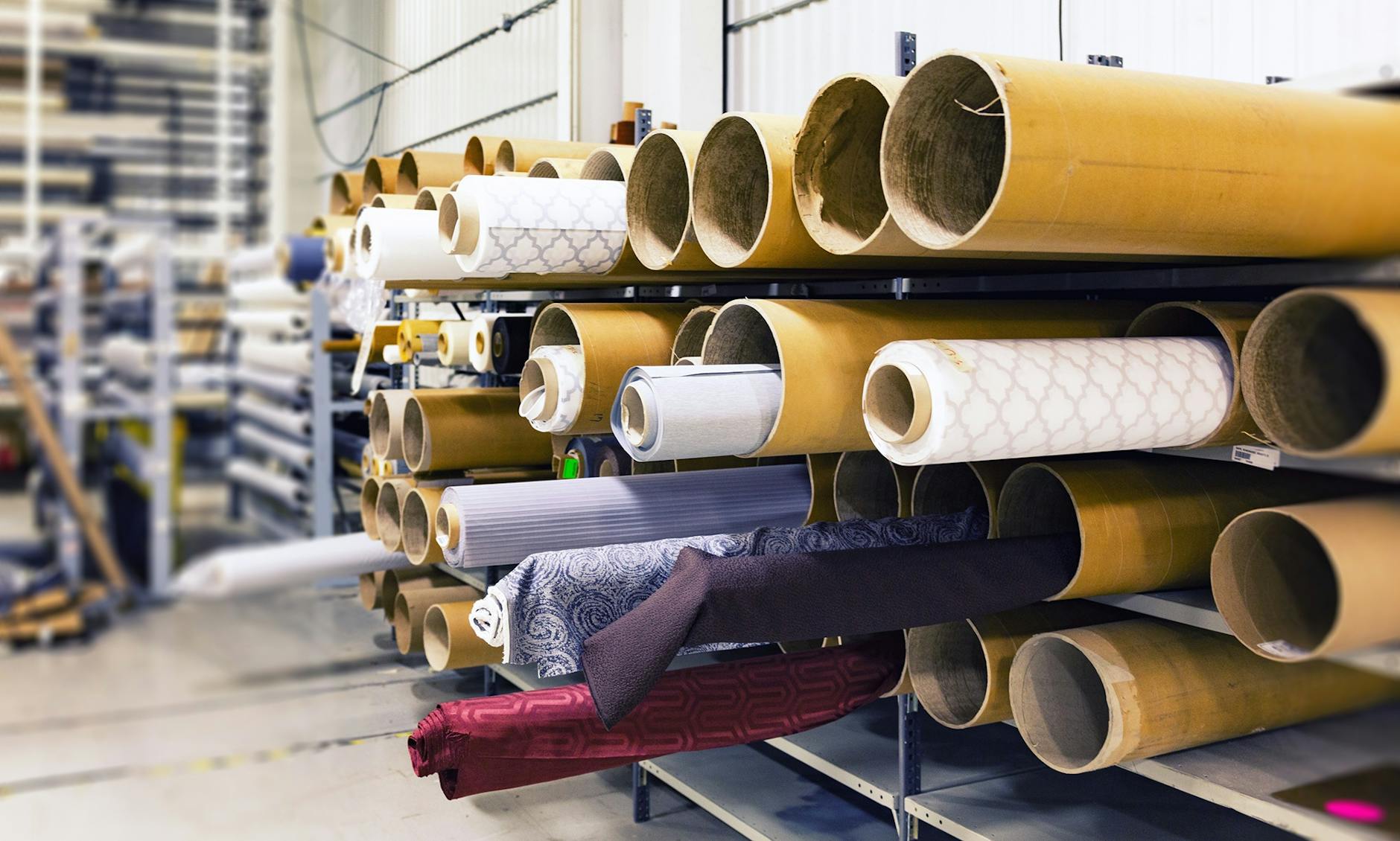The new European Union Strategy for Sustainable and Circular Textiles passed in June 2022, mandates that by 2030, companies selling textiles to the EU must meet standards for durability, absence of hazardous substances, and use mainly recyclable materials. This framework will impact Asian manufacturers, who supply over 70% of the EU’s textiles.
The plan is still not a law, but it will become one soon. Some European fashion brands agree with the plan and want to improve how they make and use fashion. H&M, one of Europe’s largest fashion retailers, supports the EU’s initiative, acknowledging the necessity for a shift in how fashion is produced and consumed.
Sheng Lu, who teaches fashion and apparel studies at the University of Delaware in the U.S., says that the new strategy holds significant importance, as Asian companies will need to adhere to various aspects of the plan to continue selling their products in Europe in the future.
Manufacturers in Asia are seeking to reduce water use, cut down on microfiber shedding, and minimize textile waste. Some companies in Asia, like Chetna Organic in India, Hirdaramani Group in Sri Lanka, and Singapore-based Ramatex, are already making progress in sustainability.
H&M helps its suppliers to use renewable energy and green practices by starting initiatives such as the Fashion Climate Fund. Moreover, H&M created the Sustainable Supplier Facility initiative, which invites other brands to join in helping apparel suppliers to lower their carbon emissions.
Nicole van der Elst Desai, a textile innovation expert from Singapore who works with Forum for the Future, says that some manufacturers are doing well because they have used new technology. “However, I believe that most of them are still unaware and have not changed their usual way of doing things.”
There is a pressing need for increased knowledge, know-how, and financial support for manufacturers to transition to a circular business model. Fashion for Good and Boston Consulting Group estimated in 2020 that changing the $2 trillion industry would need $20 billion to $30 billion of money every year. A fourth of this money is for making raw materials better and more innovative, a third for improving sourcing, processing, and making processes, and 20% for dealing with textile waste.
The Green Climate Fund and programs like the International Finance Corporation’s Advisory Partnership for Cleaner Textile (PaCT) are providing some funding for sustainable practices in textile production. However, there is a call for fashion companies to invest more in research and development for circular solutions.
Asian manufacturers excel at producing low-cost products in bulk. However, in the new age of slow fashion, consumers may prefer fewer products in limited quantities but made from eco-friendly materials, which implies that Asian nations may not be the best option for sourcing products any longer.
